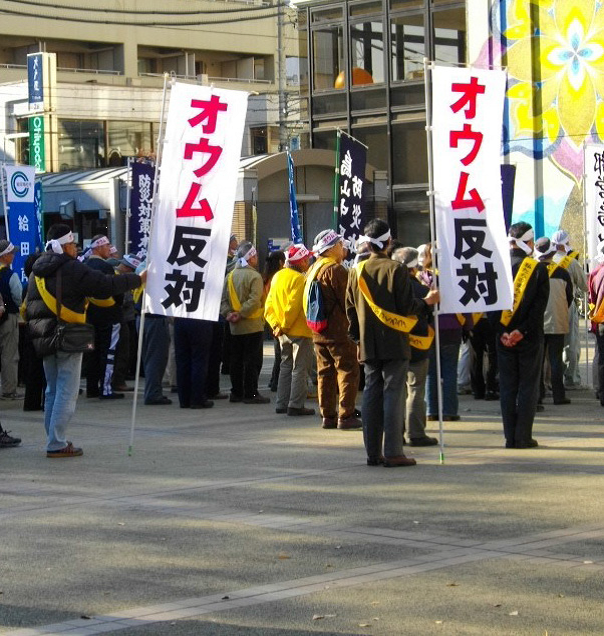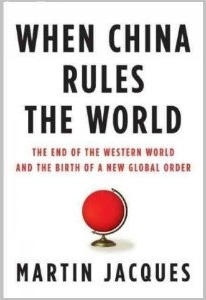The aim of the British Inter-university China Centre (BICC) Cultural Engagement Postdoctoral Fellowship at Manchester Museum is the study of the Chinese bronzes belonging to the Bellot Chinese Collection at Manchester Museum.
These bronzes were collected by Thomas Bellot (1806-1857) when he was serving as a surgeon on the HMS Wolf during his stay in China just after the Opium Wars. They were later inherited by his brother William Henry Bellot (1811-1895), and afterwards by Bellot’s grand-nephew Professor Hugh Hale Bellot (1890-1969), who then donated them to the Manchester Museum in 1969. The Bellot Collection was then divided into a collection of ancient Chinese books and personal manuscripts held in the Manchester City Library and the bronzes and coin collections stored in the Manchester Museum.
For this project I will focus on making a comprehensive study of the 52 bronze pieces that comprise the Bellot Collection at Manchester Museum. Particularly, I intend to find out where in China the bronzes were originally retrieved, and deduct their possible contextual origin. Moreover, I will elaborate on Bellot’s personal connection to these items. In that sense, I am mostly interested in what this collection can tell us about Bellot both as a collector and as an Englishman engaging with China right after the Opium Wars.
For its modest size, the Bellot´s collection is exceptionally diverse. The main body of the collection is comprised of around 30 artifacts of religious character, such as ritual vessels, vases, bells and incense burners. Among them, the most striking ones are two sets of gu 觚 and hu 壶 vases, as well as some ding 鼎 and jue 爵vessels, decorated in a style reminiscent of Shang dynasty (c.1500-1050BCE) bronzes. However, these pieces do not seem to me as datable to the Shang period, due to the lack of corrosion and to their overall good state of conservation. Most probably they are replicas forged during Ming (1368-1644) or even early Qing dyansty (1644-1839). I expect to provide a more accurate dating in the course of my research.
Apart from these items, Thomas Bellot also collected 9 statues and figures of different sizes, which seem to be mostly related to Buddhist religious rites. Among them there are some of the most remarkable items in the collection, such as an 18″ high statue of a man. The infant traces in his expression and the hairstyle make me assume that it could be Ne Zha 哪吒, a mythical figure in Chinese Buddhism, known for being born as a complete adult. Overall, it is still too early to confirm that all of the figures were retrieved from temples, as some of them might be of secular origin, and one of the pieces might not even be Chinese. Tracing the origin of the pieces is one of the next steps in the analysis of the items.
In order to meet the above objectives I will engage with other archival documents related to the Bellot Collection. I will first consult the Bellot Papers preserved in the John Ryland’s Library, as they are a good source of information about the Bellot family’s relationship with these bronzes and their origin. Secondly, I will analyse the Bellot Chinese Collection at Manchester City Library in a hope that it can provide further information about the Bellot’s own motivation for collecting these bronzes and the rationale behind it.
Apart from the analysis of the archival documents, I will focus on the epigraphical analysis of the bronzes. This could provide extremely relevant information about their original usage and the context in which they were retrieved. Having done the preliminary examination of the collection, I was able to use the inscriptions found on some of the mirrors to date them back to the mid-16th century. Moreover, the inscriptions on other trays and vessels indicate that they were produced around the mid-15th century. These inscriptions would confirm that most of the items in the collection were forged during the Ming dynasty; however it is still too early to come to this conclusion. I expect that the study of all the epigraphical evidence on the bronzes will shed more light on this matter.
About me
Dr José Antonio Cantón Álvarez
I obtained my PhD in History at the University of Granada. My research interests include international trade between China and South-East Asia during the Ming and Qing dynasty; the opium trade and its consumption in South, Southeast and East Asia before the Opium Wars; traditional Chinese medicine; the history of drug consumption in Asia; the history of European colonialism in Asia; the introduction of American crops to China and the Taiping Rebellion among others. My doctoral thesis is based on an original, in-depth analysis of primary sources in classical Chinese, Portuguese and English regarding this period.
Most of this research I conducted while being a visiting researcher at Renmin University of China (RUC), for which I secured funding from Hanban’s Confucius China Study Program, under the supervision of Prof. Huang Xingtao, Dean of the RUC’s School of History. My thesis is an original and ground-breaking research project presenting new findings on the changing role of opium in inter-asian trade, its use by European traders and colonizers in Asia from the 16th to the early 19th centuries, and its impact on China. I have already published an article in Spanish in a peer-reviewed international journal stemming from my thesis, and have recently submitted an article on the changing role of opium in Chinese medicine during the Ming dynasty. In addition to this, my interest in other aspects of late imperial Chinese history has led me to publish a monograph on the Taiping Rebellion and a book chapter about the Self-Strengthening Movement, both in Spanish. I am currently researching the role of opium in Chinese international trade from the Song to Ming dynasty, the introduction of the opium poppy in Chinese medicine during the Tang and Song dynasties and the impact of the opium trade on the politics of Macao during the 18th century.

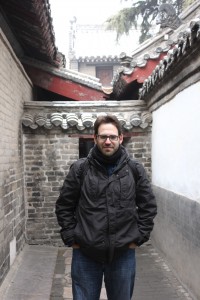
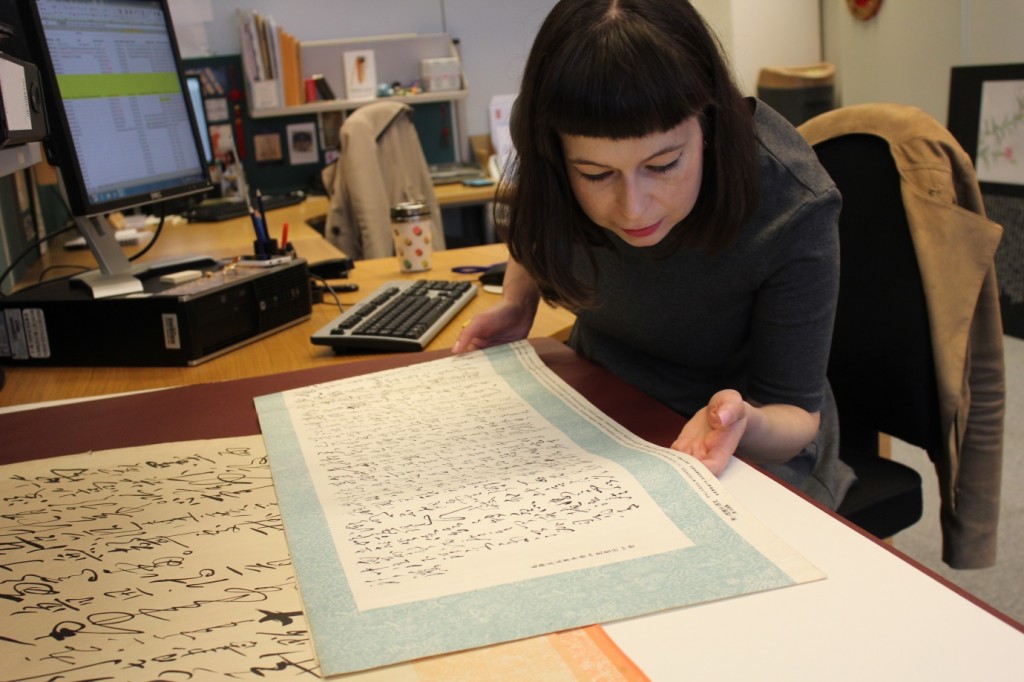
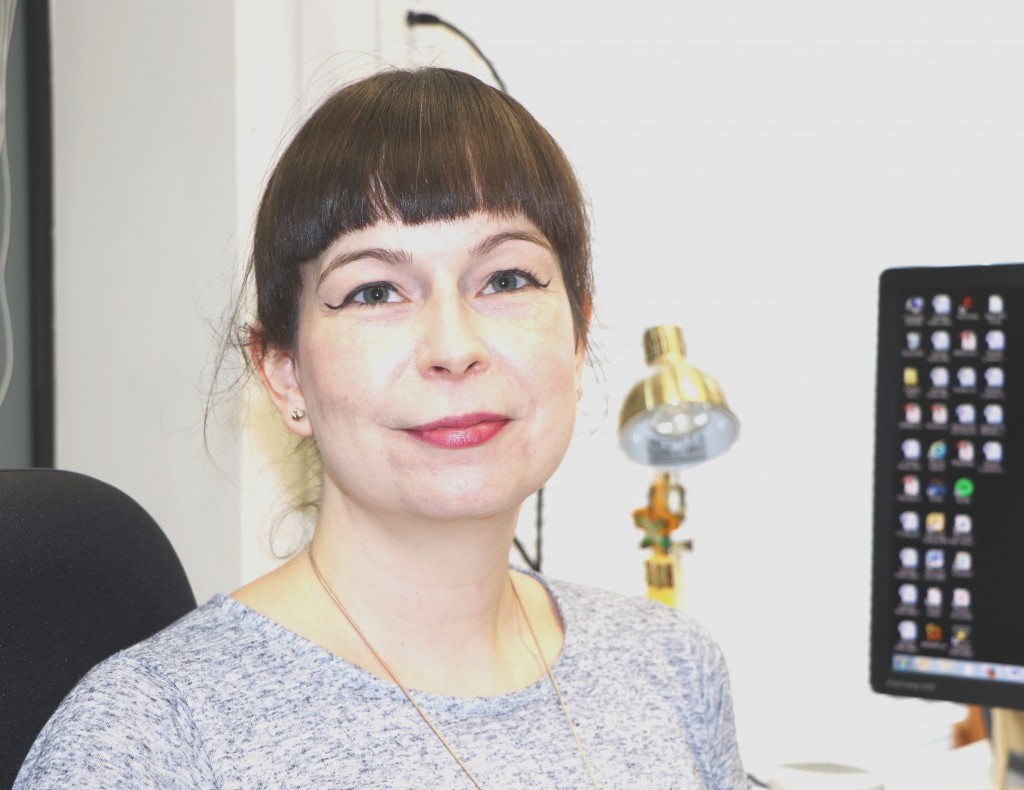
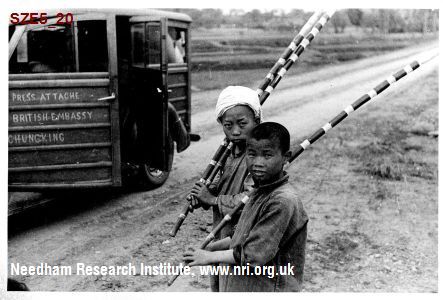
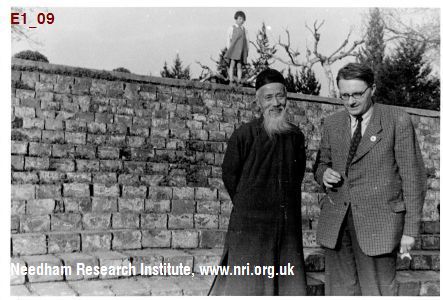
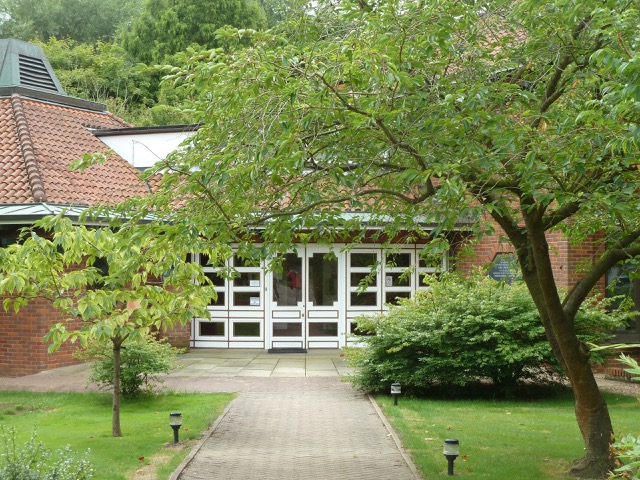

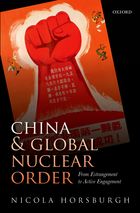 The global management of nuclear weapons and the ascendancy of China in international affairs pose two of the greatest challenges for international security today. Yet we know relatively little about the nuclear dimension of China’s rise, and the extent to which China has shaped global nuclear politics.
The global management of nuclear weapons and the ascendancy of China in international affairs pose two of the greatest challenges for international security today. Yet we know relatively little about the nuclear dimension of China’s rise, and the extent to which China has shaped global nuclear politics.